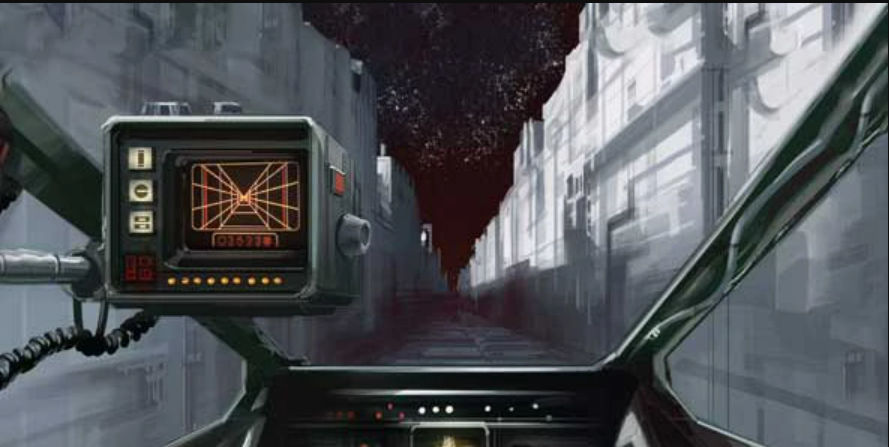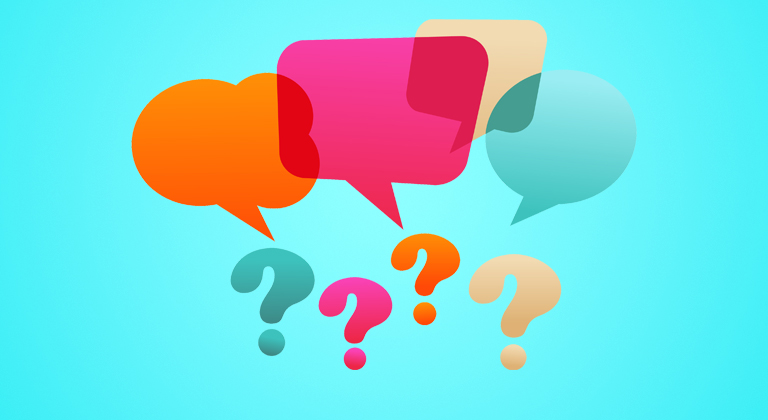Emotions vs Feelings – the difference is character depth!
A couple of weeks ago we featured visionary fiction author Stefan Edmunds on our podcast, and he outlined a really interesting concept in storytelling – the difference between feelings and emotions. Stefan argued that characters can only reach the triumphant conclusion of their story arc if they allow one to conquer over the other. But is that true? Ginger has done a deep dive into this subject to find out, and he’s here to take us through what he’s found. He even lays out a few examples that are a big help, because when it comes to emotions vs feelings, the differences can be hard to see at first.
To many of us (myself included, until recently) the meaning of the words ‘feelings’ and ’emotions’ have been synonymous. They’re both the same thing, right?
Wrong.
Or, at least, that’s what I’m here to argue.
In one of our recent episodes of the Fully Booked podcast, visionary fiction author Stefan Emunds briefly outlined one of the “crafts” he wrote about in his book The Eight Crafts of Writing – specifically the craft of discerning the difference between feelings and emotions, and understanding how that can have a pivotal impact on the path of your story.
The more he explained the concept, the more it jelled with me – and maybe explains why certain character arcs in certain stories are so immensely satisfying.
A perfect example, right down to the dialogue itself, is when Luke Skywalker’s racing toward his target in the climax of Star Wars: A New Hope – relying on his targeting computer to help deliver his proton torpedoes into the Death Star’s vulnerable exhaust ports.
Of course, we’ve just watched the leader of his squadron rely on the same tactic, but the torpedoes he’d fired had just impacted on the surface instead of destroying the Death Star. In this moment in the movie, the tension is high because we’re all worried Luke will end up making the same mistake.

But then, Obi Wan Kenobi’s voice can be heard urging Luke to “trust your feelings” and, after a moment’s hesitation, he switches off his computer and decides to fire his crucial shots the old fashioned way, instead (“Like bulls-eying womp rats back home!”)

Moments before he lines up his shot, Luke’s concerned commander demands: “Luke! You’ve switched off your targeting computer. What’s wrong?”
And, with a smile that shows the confidence in his decision, Luke responds: “Nothing – I’m alright.”
And, of course, he was. We then watch as Luke trusts his instincts over his targeting computer and succeeds where his squadron leader failed – landing the pivotal shot and blowing up the Death Star.
It’s an immensely satisfying scene – but why is this scene so satisfying? I believe it’s because it shows Luke using his feelings to overcome his emotions.

Now, you might be asking what I mean by that – and you should. What is the difference between ‘feelings’ and ’emotions’ and why does it matter?
Well, while people give Star Wars a lot of flack for its scripting, this scene is actually pretty powerful in demonstrating the idea of emotions vs feelings.
Luke’s emotions at that moment were driven by his life-or-death battle for survival and he had his eye glued to his targeting computer specifically because of that. His primary emotions were fear and anxiety; and he was relying on his targeting computer to reassure him. He needed some kind of external validation to direct his actions.
But when Obi Wan told him to trust his feelings, those feelings told Luke to take the shot manually, using the skills and experiences he’d developed during his childhood flying through Devil’s Canyon on Tatooine (and bulls-eying those aforementioned womp rats – poor things!) Obi Wan told him that the only validation he needed was from himself.
So Luke trusted his feelings over his emotions – and that’s why he triumphed.
And if you want your own characters to triumph, you should take this approach yourself in your fiction writing. Understanding how to write stories in which feelings trump emotions can be a powerful way to make a connection with a reader. They demonstrate characters overcoming their doubts – allowing feelings to consciously drive their actions instead of emotions unconsciously subverting them.
But to understand that, you actually have to understand the difference between feelings and emotions:
- Feelings are internal. They represent your values, and consciously drive your behavior.
- Emotions are external. They represent things triggering you, and subconsciously driving your behavior.
Most importantly of all, feelings conquer emotions in driving your behavior.
If that still doesn’t make much sense, look at it this way: Imagine a soldier in the trenches, surrounded by enemy gunfire and explosions.
- His emotions are reactions to the stimuli around him – physical reactions to the experience of witnessing his friends get slaughtered by the same bullets now whizzing past his head. Subconsciously, he’s driven to cower and flee in fear.
- The feeling of bravery allows him to overcome this, though. He knows he has to do his duty and make sure his friends didn’t die in vain, and those values inspire the feeling of courage, which allows him to overcome the emotion of fear and continue into battle.
When I say feelings are unconscious, think about how your emotions drive your own behavior. If you’re still refusing to go out and socialize after two years of pandemic lockdown, it could be fear driving that decision. If you swerve wildly through traffic and give the middle finger to other road-users, it could be anger (or ‘road-rage’) making you drive like a lunatic. In both cases, it’s emotion in the driving seat even if you don’t realize it at the time.
When it comes to feelings, you are aware of them – and so when you’re writing about a character, having them trust their feelings rather than let their actions be driven by emotions is the key to having them come out on top.
Courage is a feeling, for example, not an emotion – because the very definition of courage is to take action even in the face of fear. A hero can’t leap in front of enemy gunfire unless his courage overcomes his fear, just as a heroine can’t take a chance on romance if her feelings of love didn’t overcome her emotions of doubt, insecurity, or anxiety.
Emotions are what we learn subconsciously – like a fear of the dark because we got locked in the closet as a child. Feelings are what we learn consciously – like developing the courage to step into the darkness anyway because we know there’s nothing there that can actually hurt us. It’s narrative conflict distilled into its purest form and truly is one of the most powerful ‘crafts’ to master in storytelling.
When your story needs its downturn, and you need to give your character adversity – have them make decisions based on emotions. Not only is it effective, but it resonates with readers who’ve done the same.
When your story needs its upswing, and the character needs to triumph, have them face negative emotions but have feelings overcome those emotions – courage overcoming fear, love overcoming doubt, generosity overcoming greed.
It’s a subtle distinction, no doubt – but one that’s impossible to be blind to when you finally figure out the difference. In fact, the value of understanding the difference between feelings and emotions goes beyond just in your writing! It can also help you make much smarter decisions in your own life!
So, as you write your next work of fiction, consider Stefan’s words and examine the behavior of your characters. Are you giving them the opportunity to let their feelings overcome their emotions? If so, you’re providing your readers with characterization they’ll find truly, deeply satisfying.












Fantastic article! Thank you!
Great way to differentiate between the two and good examples of ways to approach the downturn and upswing. Thanks!
This was a really helpful article, thank you Ginger! Will keep these points in mind when writing my next novel